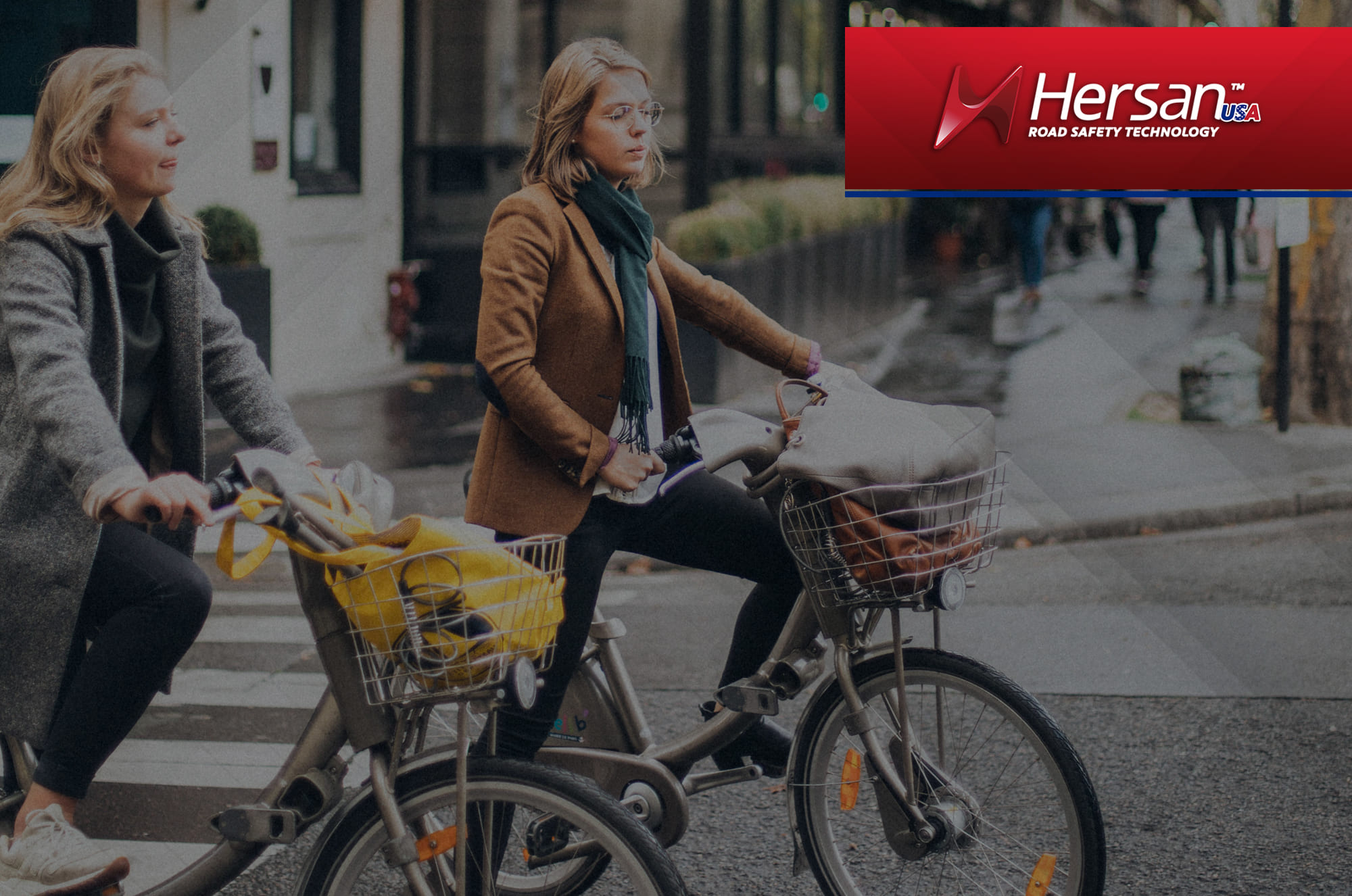Just as a summary and revisiting the topic from our previous blog (MESSAGE FOR THE PROGRAMMER: if possible, please include a link to the previous blog) (which we invite you to visit) and not losing the thread of its content, let’s remember that urban cycling has existed for many years, providing people with an easy mode of transportation, as well as a recreational activity worldwide. Primarily, urban cycling is based on the use of bicycles as a means of transportation within cities. Whether the main objective is to move from one place to another, it is generally used for short distances, this use of cycling has become a recreational activity and very popular all over the world. Both children and adults enjoy riding around the city to see the sights, relax, and even exercise.
Now, let's resume the second part of the blog, focusing on the basic traffic rules for this mode of transportation, which are as follows and are of great importance for everyone’s knowledge:
- • Helmets and front and rear lights must be used at all times.
- • The entire lane should be occupied to avoid blind spots.
- • Always use the lanes that are designed for cyclists.
- • If there are no special lanes, the cyclist should use the right lane (the slow speed lane).
- • Signal to drivers when changing direction or braking.
- • Pedal at a moderate speed.
- • Do not ride on the sidewalk.
- • Do not invade lanes that are specifically designed for public transportation.
- • Respect traffic signals, including signs and traffic lights.
- • Never ride against the flow of traffic.
- • Pedestrians have the right of way when crossing the street.
- • Avoid using cell phones or headphones to stay alert while riding the bicycle.
Currently, there is a wide variety of bicycle types, such as the URBAN bike, which even has different subtypes. Here is a list with a brief description of each.
Folding Urban Bikes: Specially designed for people who do not have much space to store their bicycle at home, apartment, office, or in a car trunk. The shape of this type of bicycle varies depending on the seller; however, they generally have smaller tires and wheels than others, typically around 20 inches. They also have a series of hinges with locks that allow them to be folded to reduce their size and/or unfolded to their functional form.
Cruiser Bikes: These are usually the most popular bicycles, as they have an ergonomic and much more comfortable design for urban cyclists, even offering a wide variety of designs and a high range of colors. Often, these bicycles have a low range of speeds, sometimes without any speed gears, and their braking system is regular compared to other bicycles. One of their most important features is the handlebar design, which is large, comfortable, and curved for better grip and user posture. These bicycles often have front and rear fenders to protect the cyclist from dirt, mud, and possible liquid splashes on the road. They are even designed to be customized to your liking, adding accessories like baskets, luggage racks, panniers, etc. Their wheels come in different models; some have small wheels, making them lightweight and ideal for short distances, while others have large but thin tires, making them somewhat faster without losing their light weight.
Fitness Bikes: These are designed for sporting use but in an urban environment. They do not have the same level of comfort as cruiser bikes, as their design focuses more on allowing the cyclist to reach higher speeds. They have a better speed and braking system, maintaining their lightness for city riding. Unlike mountain or road bikes, fitness bikes have a flat handlebar, not curved, and larger wheels.
Visit "our page" for more information.
Follow us on social networks


